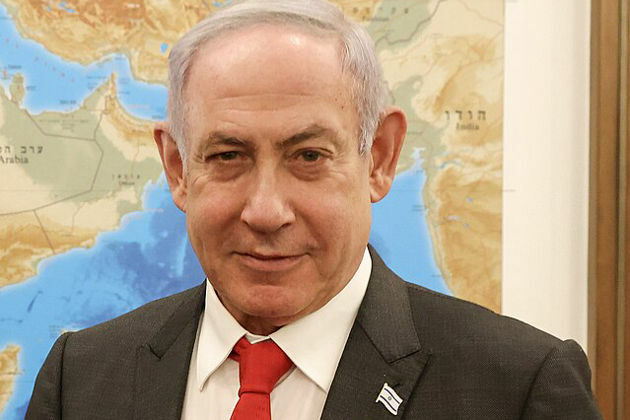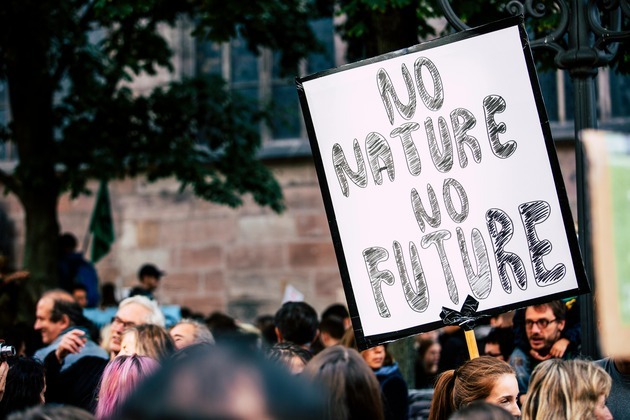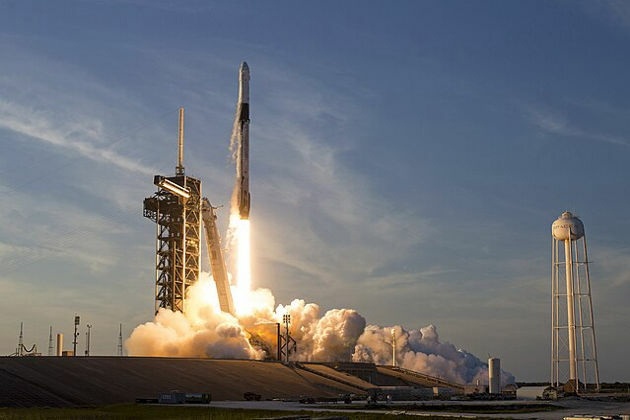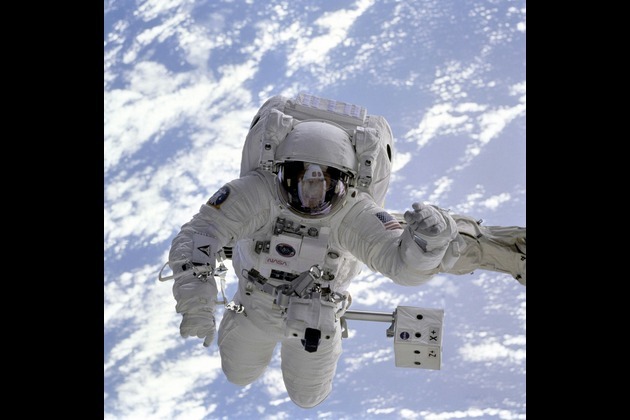International Year of Glaciers Preservation: save the glaciers!
Pressenza
29 Jun 2025, 22:16 GMT+10
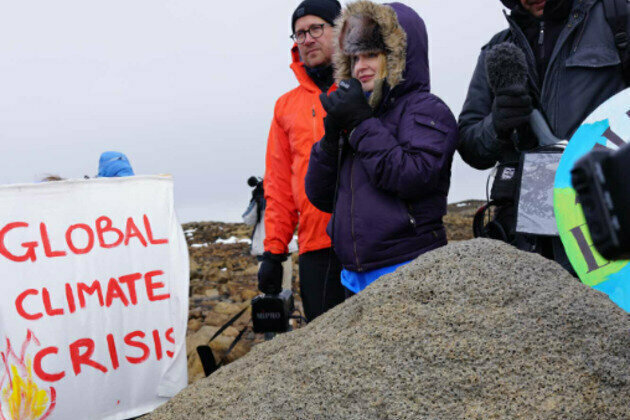
The United Nations has designated 2025 as the International Year of Glaciers Preservation to highlight the importance of glaciers and ensure that those relying on them, and those affected by cryospheric (1) processes, receive the necessary hydrological, meteorological, and climate services.
Glaciers are crucial for regulating the global climate and providing freshwater, essential for billions of people. However, due to climate change, driven mainly by human activities since the 1800s, these vital resources are rapidly melting.
The resolution calls on the international community to resolve conflicts through inclusive dialogue and negotiation in order to ensure the strengthening of peace and trust in relations between UN member states as a value that promotes sustainable development, peace and security, and human rights.
Contrary to calls on the international community to resolve conflicts through inclusive dialogue and negotiation, Canada has decided to militarize the Arctic, citing the war in Ukraine as a major factor. In fact, much of the Arctic Circle is located in Russia, Canada, and Greenland.
Last year the Canadian government affirmed that NORAD (North American Aerospace Defense Command) and NATO (North Atlantic Treaty Organization) will ensure Canadian sovereignty over the Arctic. However, NORAD, which is led by the United States and headquartered in Colorado Springs, is in power, while NATO is headquartered in Brussels. This decision by the federal government gives disproportionate control over the Canadian Arctic and threatens Inuit sovereignty and the balance of the already fragile Arctic ecosystem. The proposed militarization of the Canadian Arctic threatens to further weaken the ecosystem, which is being hit hard by climate change and melting ice.
Dramatic changes in the Arctic, including an increase in wildfires, the greening of the Tundra and an increase in winter precipitation, are documented in the US National Oceanic and Atmospheric Administrations 2024 Arctic Report Card.
The report notes a growing scientific consensus that melting Greenland and Antarctic ice sheets, among other factors, may be slowing important ocean currents at both poles, with potentially dire consequences for a much colder northern Europe) and greater sea-level rise along the U.S. East Coast.
Unfortunately, the Trump administration's plan to dismantle the nation's atmospheric research programs and could set U.S. forecasting back to dark age, warns hurricane, weather and ocean scientists.
These new findings corroborate recent WMO State of the Global Climate and State of Global Water Resources reports which also have also highlighted the alarming melting affecting the cryosphere.
A glacier is a large accumulation of mainly ice and snow, that originates on land and flows slowly through the influence of its own weight. Glaciers are found on every continent. They exist in many mountain regions and around the edges of the Greenland and Antarctic ice sheets. There are more than 200 000 glaciers in the world, covering an area of around 700 000 km2 (RGI, 2023). Glaciers are considered as important water towers, storing about 158 000 km3 of freshwater (Farinotti et al., 2019). Glaciers are a source of life, providing freshwater to people, animals and plants alike.
Okjkull (Icelandic pronunciation: [kjktl], Ok glacier) was a glacier in western Iceland on top of the shield volcano Ok.[2] Ok is located north-east of Reykjavk. The glacier was declared dead in 2014 by glaciologist Oddur Sigursson due to its loss of thickness.
The plaque was installed on August 18, 2019,[5] with an inscription written by Andri Snr Magnason, titledA letter to the future, in Icelandic and English. The English version reads:
Ok is the first Icelandic glacier to lose its status as a glacier.
In the next 200 years all our glaciers are expected to follow the same path.
This monument is to acknowledge that we know
what is happening and what needs to be done.
Only you know if we did it.
Impact
Glaciers and ice caps are critical for sustaining ecosystems and human livelihoods. They provide essential meltwater runoff during dry seasons, supporting drinking water, agriculture, industry, and clean energy production, making these frozen reservoirs vital for global water resources. Climate and cryosphere changes, however, are disrupting the water cycle, altering the amount and timing of glacier melt, causing knock-on impacts on water resource availability while also contributing to sea-level rise.
As glaciers continue to shrink and snow cover diminishes, less water will be available for communities, particularly in seasonally dry regions. Increased competition for water resources is expected, with regions like China, India, and the Andes among the most vulnerable. Glaciers that have surpassed their Peak Water pointthe stage at which meltwater runoff reaches its maximumwill gradually provide decreasing contributions to downstream water supplies, intensifying challenges for water security.
Over the past century, despite representing only 0.5% of global land surface area, glaciers have contributed more to sea-level rise than the Greenland and Antarctic ice sheets. Between 2000 and 2023, glaciers are estimated to have lost an average mass of approximately 273 billion tonnes per year, which is equivalent to approximately 0.75 mm per year of global sea-level rise (The GlaMBIE Team, 2025).
The continuous retreat of glaciers signals the growing impacts of global warming and creates new hazards while intensifying existing ones. For example, melting glaciers are increasing the risk of hazards such as glacier lake outburst floods, ice avalanches and glacial debris flows, posing dangers to local and downstream communities. However, risk assessments are often not possible due to an absence of data (IPCC, 2019). Therefore, increased observation of the cryosphere is critical for effectively forecasting the impacts of cryosphere-related hazards.
___________________________________________
Source:
https://www.igsoc.org/publications/annals-of-glaciology/2025-international-year-of-glaciers-preservation
https://public.wmo.int/resources/campaigns/launch-of-website-international-year-of-glaciers-preservation-2025
(1) Cryospheric: The cryosphere is an umbrella term for those portions of Earth's surface where water is in solid form. This includes sea ice, ice on lakes or rivers, snow, glaciers, ice caps, ice sheets, and frozen ground (which includes permafrost).
Rdaction Montral
 Share
Share
 Tweet
Tweet
 Share
Share
 Flip
Flip
 Email
Email
Watch latest videos
Subscribe and Follow
Get a daily dose of Denver Sun news through our daily email, its complimentary and keeps you fully up to date with world and business news as well.
News RELEASES
Publish news of your business, community or sports group, personnel appointments, major event and more by submitting a news release to Denver Sun.
More InformationInternational
SectionIsrael should act fast on new peace deals, Netanyahu says
JERUSALEM, Israel: Israeli Prime Minister Benjamin Netanyahu says that Israel's success in the war with Iran could open the door to...
UN offer rejected in Dreamliner crash investigation
NEW DELHI, India: India has decided not to allow a United Nations (UN) investigator to join the investigation into the recent Air India...
UN climate agency gets 10 percent boost amid global budget cuts
BONN, Germany: Despite widespread belt-tightening across the United Nations, nearly 200 countries agreed this week to increase the...
Mexican President orders review of SpaceX environmental impact
MEXICO CITY, Mexico: Mexican President Claudia Sheinbaum said this week that her government is investigating possible environmental...
Historic ISS mission launches with crew from 4 different nations
CAPE CANAVERAL, Florida: In a landmark flight for three nations and a veteran U.S. spacefarer, a four-member astronaut crew launched...
U.S. government sues Maryland court over pause in migrant deportations
WASHINGTON, D.C.: In a striking escalation of tensions between the executive and judicial branches, the Trump administration has filed...
Colorado
SectionUAE condemns terrorist attack in US State of Colorado
ABU DHABI, 2nd June, 2025 (WAM) - The United Arab Emirates has condemned in the strongest terms the terrorist attack that occurred...
Colorado funeral home owner get 20 years for illegally warehousing corpses
DENVER (CN) - When Tanya Wilson's mother died, she and her brother took seriously their responsibility to send off Yong Anderson into...
International Year of Glaciers Preservation: save the glaciers!
The United Nations has designated 2025 as the International Year of Glaciers Preservation to highlight the importance of glaciers and...
Ask The Old Guy: Work is still happening here
CHARLOTTE Not sure if you guys were aware of this, but it's been hot this week. It starts at blazing in the morning, and it gradually...
2025 New Orleans Saints opponent profile: New York Giants
Saints face New York Giants at home after road victory in 2024 Andrew Lang The New Orleans Saints take on the New York Giants in...
Tackling Type 1 Diabetes Refines Logan Brown's Resilience
Rob Kleifield Logan Brown knows there is a stigma. The 6-foot-6, 311-pound Vikings offensive lineman is aware he has to tread carefully,...

